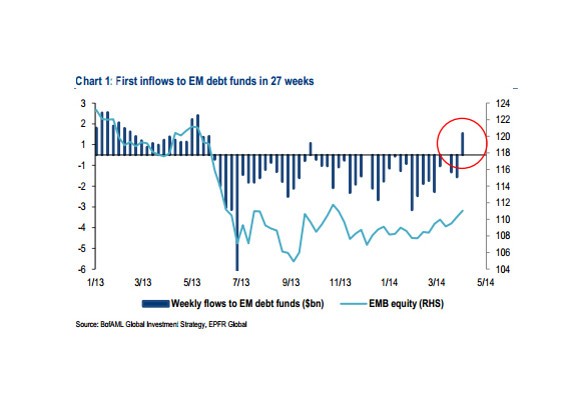Bond ETFs What they are and how they work
Post on: 6 Апрель, 2015 No Comment

Exchange Traded Funds, or ETFs for short, are mutual funds which trade on a stock exchange like the NYSE. In other words, ETFs trade just like stocks. When buying an ETF, you are not buying a piece of a company. Instead, you are buying a piece of an investment portfolio. Like Bond Mutual Funds. Bond ETFs provide investors with diversification by pooling the collective buying power of investors in the ETF, which in turn holds a large portfolio of bonds.
Most Bond ETFs are designed to track an underlying index, which can be broad (ie the entire US Bond Market) or narrow (ie junk corporate bonds ). One widely used broad index is The Barclays Capital Aggregate Bond Index, which tracks the performance of the overall US investment grade bond market, including treasury bonds. agency bonds. corporate bonds. and municipal bonds. Bond ETFs like the AGG and BND track this index which means that that the buying and selling decisions of the ETF manager are made based on changes in the underlying index, and not on their own market view. For a list of the top 5 Bond ETFs and the Indexes they track go here .
How Bond ETFs Work
There is a major difference between how ETFs work and how mutual funds work. When you buy shares in a mutual fund, you are purchasing them directly from the mutual fund company. When you go to sell those shares, the transaction also happens with the mutual fund company. This has several implications for bond mutual fund investors:
- The price of 1 share in the mutual fund will always be exactly the same as the fund’s Net Asset Value (the total assets in the fund divided by the total number of shares outstanding).
- The actions of one investor will affect other investors in the fund. For example if several large investors decide to sell out of the bond mutual fund at the same time, the fund will likely have to liquidate some of its holdings in order to meet those redemption requests. This is important because when the bond mutual fund buys and sells securities, investors in the fund are taxed on the profit and loss generated as if they had bought and sold the individual bonds themselves. (For more information on taxes on bond funds go here )
When you buy and sell shares of a Bond ETF on the other hand, you are not transacting with the company that runs the ETF. Instead transactions happen between investors (buyers and sellers) over the exchange. This is an important distinction, which also means that:
- The price of 1 share of the ETF is ultimately determined by the supply and demand for the ETF itself, and not the value of the portfolio of bonds which it holds. This is where the creation and redemption process comes into play. There are special entities that have the ability to create new shares or sell shares at their Net Asset Value. As a result, the entities are able to arbitrage the market price and NAV price. This process keep the two reasonably close together in most cases. For more on this topic, see our article on why Bond ETFs often do not track their NAV .
- If several large investors start selling off large amounts of the ETF, the share price of the ETF will fall. However, the selling of shares in itself does not generate any tax consequences for other investors not involved in the transaction. While major selling may in fact lead to the elimination of shares, the process in which shares are eliminated usually is beneficial to investors. ETFs typically get to rid themselves of capital gains during the elimination of shares. Because of this fact Bond ETFs can oftentimes be more tax efficient than Bond Mutual Funds.
Bond ETF Fees
The fees for investing in a bond ETF can be more or less than bond mutual fund fees. depending on how often and how much you are investing. To decide which option is going to be the most affective for your situation make sure you understand all the fees listed in our Bond ETF fees article. Then read our article Are Bond ETFs Really Cheaper ?
Types of Bond ETFs
There are literally hundreds of different kinds of bond ETFs, which generally fall into one of the below 3 categories:
- US Government Bond ETFs – Invest only in US Treasury Bonds which is debt issued by the US Government and its agencies.
- Corporate Bond ETFs – Invest primarily in investment grade corporate bonds. which is debt issued by corporations.
- Municipal Bond ETFs – invest only in municipal bonds which is debt that is issued by municipalities such as cities and states.
Within each of the above categories there are multiple ETFs which focus on investing in different maturities and segments of each category. To help you decide on which category or categories of bond funds are right for you see our article on what you can expect from different types of bond funds .
Want to learn how to generate more income from your portfolio so you can live better? Get our free guide to income investing here .














